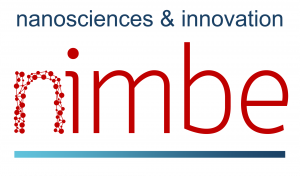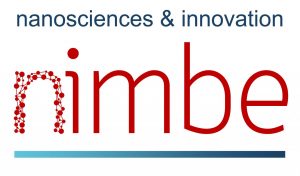Domain, Specialties : Instrumentation
Key words: microfluidics, RMN
Research Unit : NIMBE / LSDRM
Summary
The objective of this internship is to design and optimize a microfluidic device that meets the constraints associated with:
- the study of biological samples (temperature control, perfusion with culture medium, pH control, absence of contamination, etc.),
- NMR experiments (effective dissolution of hyperpolarized xenon in the culture medium, compatibility with magnetic fields, etc.).
The device will be used to study the diffusion of hyperpolarized xenon through model biological barriers consisting of cells cultured on porous membranes.
Full description
The design of microfluidic devices for studying complex cellular systems represents a major advance in biomedical research. By mimicking the cellular microenvironment, these devices allow for the detailed exploration of transport, signaling, and diffusion phenomena, paving the way for a better understanding of organ function and the development of new therapeutic approaches, while offering a more controllable and ethical alternative to animal models.
Hyperpolarized xenon is a gas with remarkable properties for studying complex biological systems: it is non-toxic, soluble in biological fluids, and capable of rapidly crossing cell membranes. Its high sensitivity in nuclear magnetic resonance (NMR), even at low concentrations, makes it a preferred probe for exploring biological environments.
Objectives and Responsibilities
The intern will participate in the development of an experimental insert dedicated to these measurements.
The main responsibilities will include:
• Design and fabrication of microfluidic devices (CAD, 3D printing, fluidic connections, etc.).
• Adherence to the specifications related to biological cells and NMR experiments.
• Participation in the implementation of NMR experiments using hyperpolarized xenon.
Location
CEA Saclay, (91) Essonne, France
Internship conditions
- Internship duration: 6 months
- Level of study: Bac+5
- Training: Master 2
- Continuation in PhD thesis: Yes
- Application deadline: 2 février 2026
Experimental skills
Language : English
Links
- Site web du laboratoire : https://iramis.cea.fr/nimbe/lsdrm/
- Web page of the supervisor
Supervisor
Céline Boutin
Phone: 0169084737
Email :
et Florent Malloggi (NIMBE/LIONS)
Head of the laboratory NIMBE / LSDRM
Patrick Berthault
Phone: 0169084245





